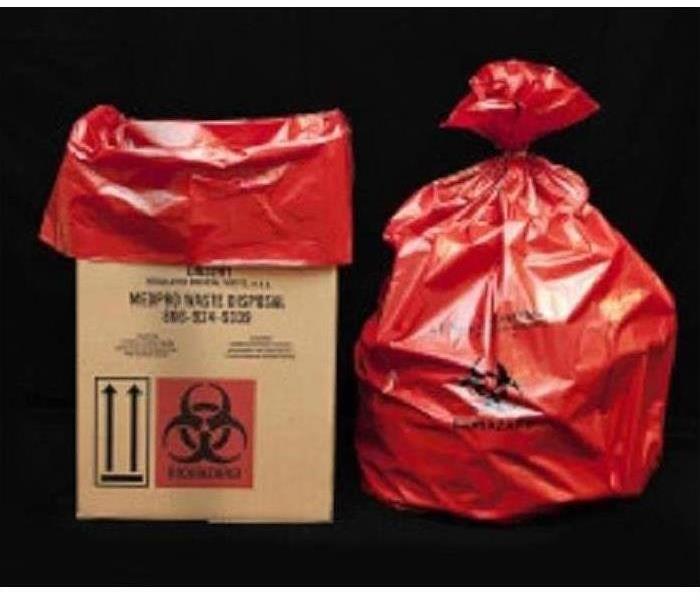When it comes to biohazard cleanup! Why SERVPRO Should Be Your First Call! (Part 2 of 3)
2/19/2022 (Permalink)
 As a locally owned and operated business, SERVPRO of Kosciusko & Noble Counties is strategically located to respond quickly!
As a locally owned and operated business, SERVPRO of Kosciusko & Noble Counties is strategically located to respond quickly!
How do I evaluate a bioremediation provider?
To determine whether or not a company is qualified to handle a biohazard situation, insurance professionals need a deeper understanding of proper bioremediation standards and what it takes to fully decontaminate a property. These are the key things to inquire about when choosing a vendor for a biohazard cleanup:
OSHA Compliance – These regulations are in place to protect the biohazard company employees and to prevent injury and potential liability for all involved. All supervisors and field technicians should be trained in the following OSHA programs: Bloodborne Pathogens, Personal Protective Equipment, Hazard Communication, Asbestos Awareness, Heat Illness, Fall Protection, Lift Safety, Lock Out – Tag Out, and Power Tool Safety. A common misstep among restoration companies is that they only comply with the OSHA Bloodborne Pathogens Standards, instead of all the aforementioned areas.
EPA and State Environmental Agency Compliance – The disposal of medical waste must be in accordance with federal, state and/or local regulations. Not all biohazard remediation companies are licensed to transport or store medical waste so it’s essential to understand if/how they comply with the local and national standards. The cleaning company can incur hefty fines if medical waste is not disposed of properly. Also, employees need to be trained in the proper use of cleaning agents – this can be more complicated than it seems, as many agents will become inactive if not measured and diluted properly.
Reporting/Testing – A reputable company should be able to deliver a detailed report which catalogs every step of the cleanup process. This should include photos of the entire process as well, so the policy holder and adjuster understand why some structural materials needed to be removed, what was disposed, why the employees went through a certain amount of protective equipment, etc. They should also have equipment available to check for non-visible but active biological fluids and other contaminants so that it is certain when an area is considered disinfected.




 24/7 Emergency Service
24/7 Emergency Service